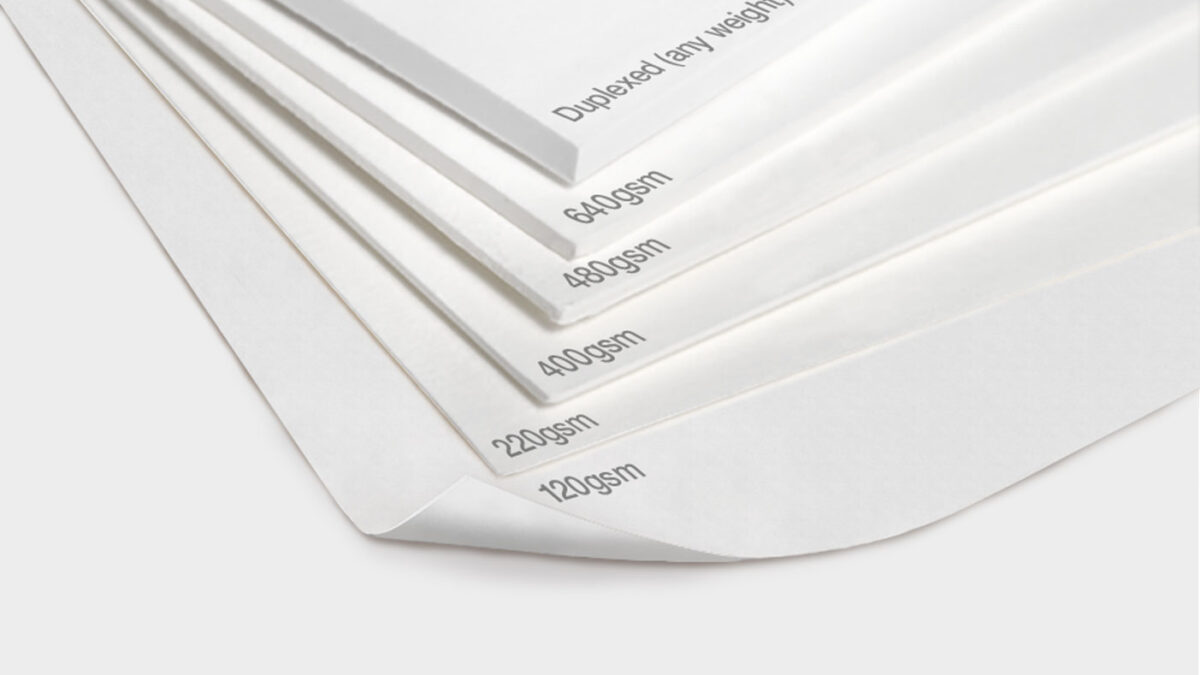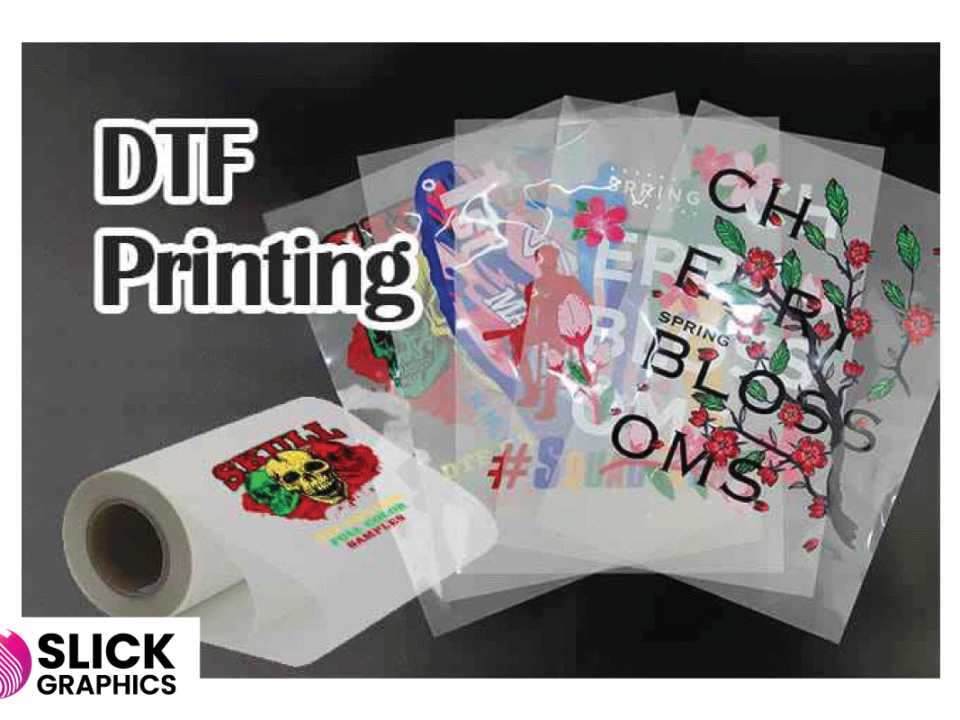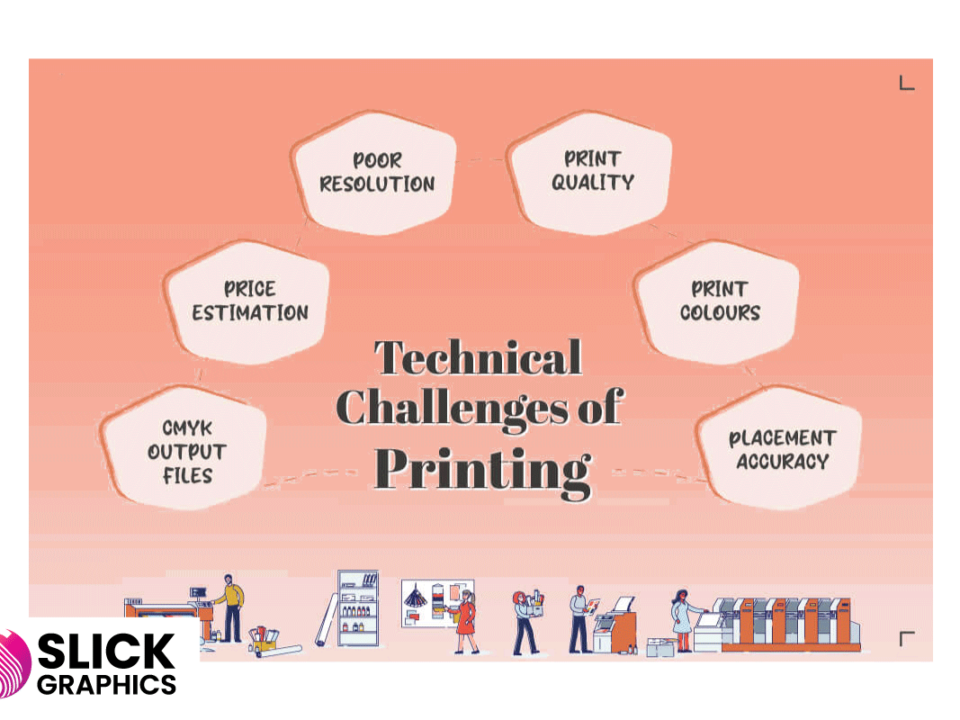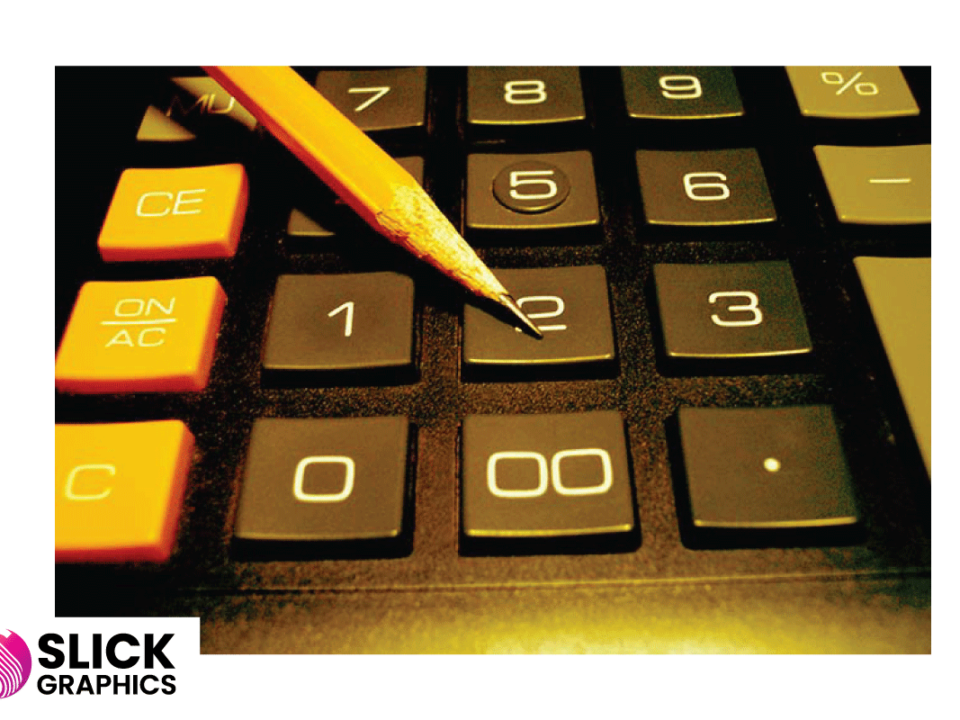How is Paper Thickness Measured? Understanding Paper Weight
How is Paper Thickness Measured? Understanding Paper Weight
When it comes to printing, one critical factor to consider is paper thickness, or what we commonly refer to as paper weight. Whether you’re designing business cards, brochures, or posters, understanding the right paper thickness can make all the difference in how your print material looks and feels. At Slick Graphics, we prioritize the quality of every printed item, and choosing the correct paper weight is a key step in achieving that. Here, we break down how paper thickness is measured and why it matters.
What is Paper Thickness?
Paper thickness, often referred to as “caliper,” is the actual measurement of the thickness of a single sheet of paper. It is typically measured in microns or millimeters (mm). The thicker the paper, the more substantial and durable it feels. This measurement is essential for specific applications, such as postcards, invitations, or product packaging, where sturdiness is required.
Paper Weight vs. Thickness
Before diving into measurements, it’s important to distinguish between paper weight and thickness. These two terms are often confused, but they measure different properties:
- Paper Weight refers to the mass of the paper, typically expressed in grams per square meter (GSM) or pounds (lb). This measurement indicates how heavy or dense the paper is.
- Paper Thickness (caliper) refers to the actual thickness of the paper, measured in microns or millimeters.
Though weight and thickness are related, two papers can have the same GSM but feel different due to varying calipers.
How is Paper Thickness Measured?
- Micron Measurement
Paper thickness is most commonly measured in microns, where one micron equals one-thousandth of a millimeter. For example, a typical office paper may have a thickness of around 100 microns, while thicker cardstock for business cards may range between 200 and 400 microns. - Caliper Gauge Tools
At Slick Graphics, we use caliper gauge tools to precisely measure the thickness of paper stock. These tools apply minimal pressure to avoid compressing the paper and give an accurate reading. This allows us to ensure consistency, particularly for large print orders. - GSM to Thickness Correlation
Though GSM measures the weight, it is often used as an indicator of thickness. However, it’s important to note that papers of the same GSM can have different thicknesses based on the paper type. For example, coated paper often feels thinner than uncoated paper at the same GSM. That’s why, at Slick Graphics, we carefully select paper stock based on both the desired thickness and weight for each project.
Why Paper Thickness Matters
- Durability
Thicker paper stock is more durable and resistant to wear and tear, making it suitable for items like business cards or direct mailers. For brochures or flyers that need to be more flexible, a thinner paper stock may be preferred. - Perceived Quality
Paper thickness impacts how the recipient perceives the quality of the printed piece. A thicker paper often conveys a sense of professionalism and luxury, making it a popular choice for high-end brands and important marketing materials. - Functionality
Certain projects require a specific thickness for functional reasons. For example, folding brochures need a medium-thickness paper that is sturdy enough to hold ink but flexible enough to fold neatly without cracking.
Slick Graphics’ Paper Selection
At Slick Graphics, we offer a wide range of paper options to meet your project needs. Whether you’re looking for ultra-thick stock for a premium presentation or a thinner, more affordable option for large-scale marketing materials, our expert team is here to guide you. We carefully consider paper thickness and weight to ensure your print job exceeds expectations in both appearance and durability.
Conclusion
Understanding paper thickness is essential for selecting the right material for your project. At Slick Graphics, we take pride in offering a wide selection of paper stocks, carefully measured and selected to meet the unique requirements of each job. Whether it’s business cards, brochures, or posters, we ensure that the right paper thickness is used to deliver high-quality, professional results every time.
For more information on our paper selection and printing services, feel free to contact Slick Graphics today!



